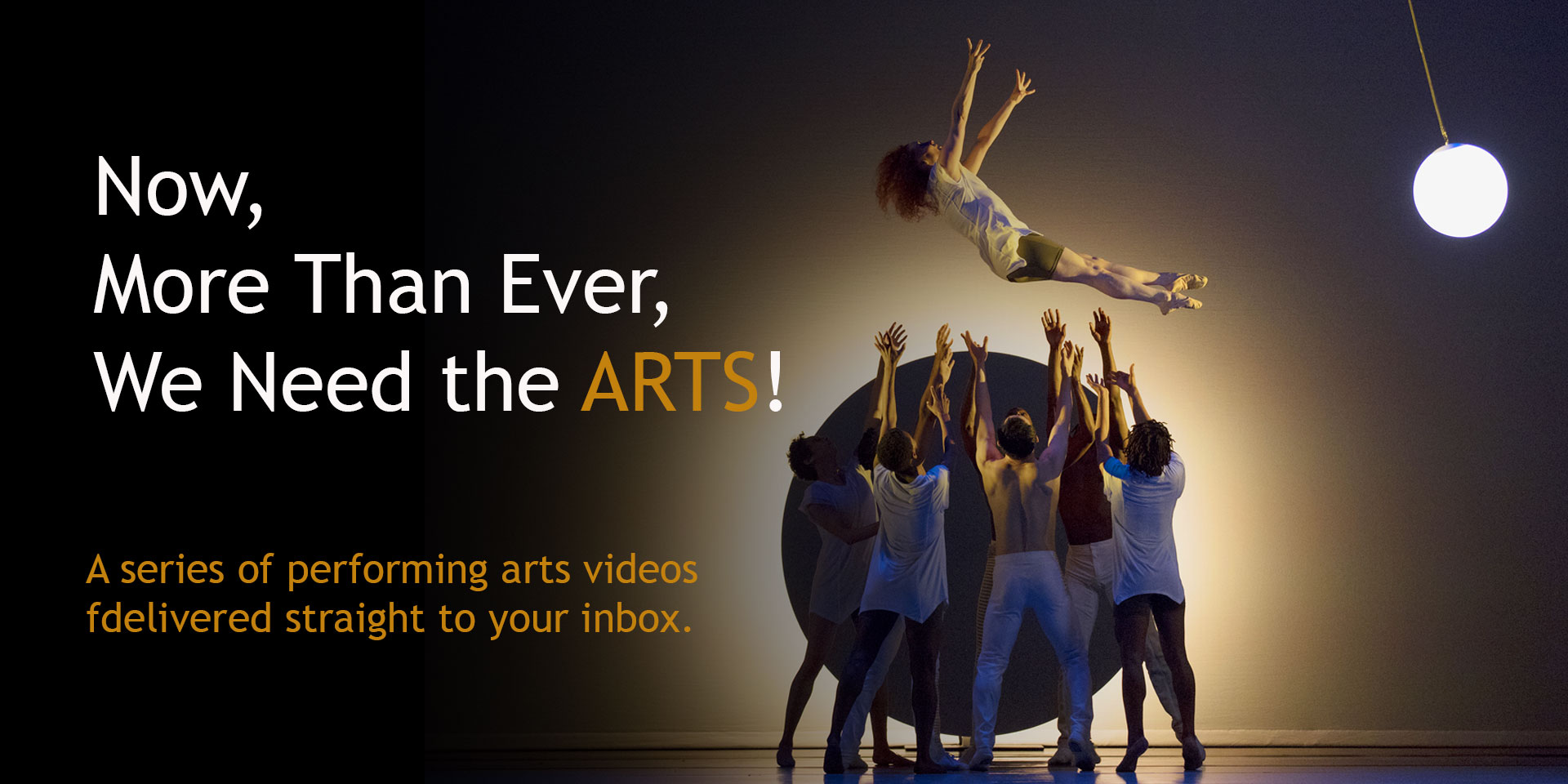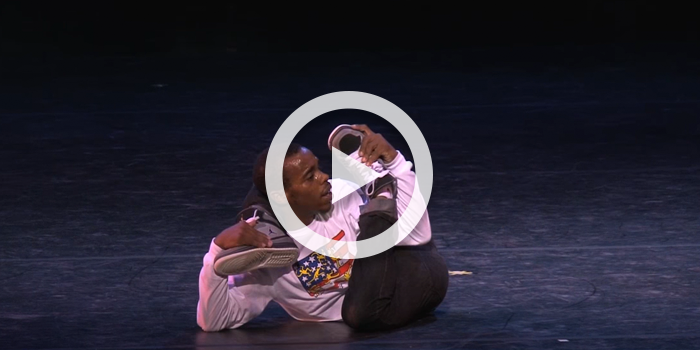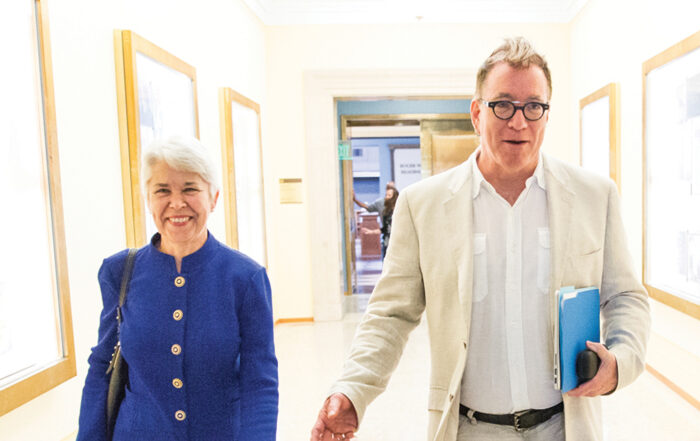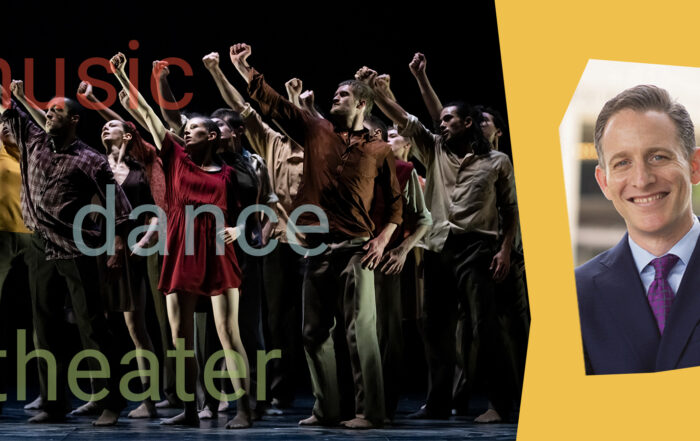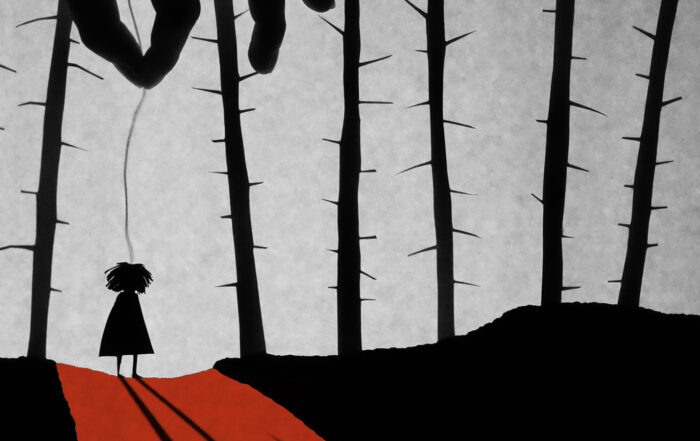In this issue: A showcase of some of the most impressive keyboard artists of our time or previous generations, including Jean Rondeau, Annie Fischer, Leif Ove Andsnes, Tigran Hamasya, Thelonious Monk, and Matthew Whitaker.
Now, More Than Ever: Issue 35
Today, I thought we’d focus on some wonderful performances of keyboard music ranging back to the 18th century. Surprisingly enough, the earliest known keyboard instrument, the ancient Greek hydraulis (a predecessor of the modern church pipe organ), dates all the way back to the third century BC. Most of us, however, look to the clavichord and harpsichord for examples of early keyboard instruments, which then steadily evolved into the fortepiano (largely during the 18th century), the piano (with various important developments, especially during Beethoven’s lifetime), and what we now know as the modern grand. A thorough examination of the evolution of keyboard instruments would go far beyond the scope of this playlist, but today’s selections showcase some of the most impressive keyboard artists of our time or previous generations.
Special Announcement
Earlier this week, Cal Performances announced plans for Cal Performances at Home, an ambitious performing arts digital streaming series that will feature 15 newly produced, full-length performance videos available beginning October 1, 2020 (and continuing through January 14, 2021). With in-person events mostly halted by the global pandemic, Cal Performances is expanding its activities beyond the live events it has traditionally offered and will present the arts in a new format, available to stream directly on demand to viewers’ home screens. Recorded on stages all over the world, from renowned venues and recording studios in the locations where the artists are sheltering in place, the series includes a wide selection of programs that were previously scheduled for Cal Performances’ live-event fall season. (Current Cal Performances subscribers and Donors of $225 or more will receive all Fall 2020 Cal Performances at Home programming completely free of charge.)
Today’s Now, More Than Ever includes two artists—Leif Ove Andsnes and Matthew Whitaker—who will be featured as part of the Fall 2020 Cal Performances at Home programming. We hope you’ll join us for this exciting new venture!
Royer: Vertigo
Jean Rondeau, harpsichord
Raucous and full of dissonance and invention, Joseph-Nicolas-Pancrace Royer’s Vertigo sounds so contemporary—even so seemingly improvisatory—you can only imagine what this 18th-century Italian composer living in France might have accomplished with a modern piano. Here, and in the hands of the brilliant young French harpsichordist/pianist Jean Rondeau, it’s almost as if the composer is begging the instrument to give more than it possibly can. Clearly, the harpsichord is capable of virtuosic displays; what it lacks is an ability to control volume (or dynamics) by varying the pressure with which the keys are struck. For that, composers and performers would need to wait for more modern instruments.
Beethoven: Piano Sonata No. 8 in C minor, Op. 13, Pathétique
Annie Fischer, piano
We think of him mainly as a composer, but Beethoven was also the greatest pianist of his day, and he struggled mightily with three great challenges: his encroaching deafness, his recurring and horrific stomach ailments, and what he saw as the woeful inadequacy of the instruments for which he composed. Wrote Jan Swafford in his fine biography Beethoven: Anguish and Triumph:
What Beethoven wanted from pianos, as he wanted from everything, was more: more robust build, more fullness of sound, a bigger range of volume, a wider range of notes. As soon as new notes were added to either end of the keyboard, he used them, making them necessary to anyone wanting to play his work. From early on, piano makers asked for Beethoven’s opinion, and they listened to what he said.
The piano would undergo multiple changes—including the expansion of the keyboard and experimentation with various pedal configurations—during Beethoven’s lifetime, as it continued to increase its ability to communicate a vast range of emotion and effect. For much of this, we have Beethoven to thank—for his tireless quest to express the visionary worlds of music that sounded within his mind.
The first time I saw Annie Fischer’s name in print was in Sir Georg Solti’s memoirs (Fischer was Solti’s classmate at the Liszt Academy in Budapest), where he expressed his utmost respect for the 20th-century Hungarian pianist. Over the years, I’ve come to know her through her glorious recordings, particularly of the Beethoven sonatas (available on Spotify and truly worth a listen). There’s an elegance to her playing, but also a penetrating and concentrated quality; she always gets to the heart of the matter. In this video, recorded—I’m guessing—sometime in the 1950s, ignore the glowering Hungarian man at the start (he disappears before long), and note the muscularity of Fischer’s playing, a quality matched by a sense of deep musicality that only appears to be effortless.
Chopin: Ballade No. 1 in G minor, Op. 23
Leif Ove Andsnes, piano
As piano technology and construction continued to evolve in the 19th century, the instrument steadily became capable of more nuanced and expressive sound. Chopin composed his works on modern pianos but not ones with the power of today’s grand. It’s always helpful to remember that most of this composer’s performances took place in very small rooms; rather than large-scale concerts, he preferred the salon. So, even the most thundering fortissimo in Chopin is nowhere near that of Beethoven.
I’ve heard pianists give master classes for a full hour on just the opening gesture of this ballade, that upward-arching, seemingly free-form passage that organically transitions into the first theme. Today, everyone has their own idea of what it means, but no one truly knows—only that it’s definitely a statement of sorts, and that it comes out of nowhere and never reappears. Norwegian pianist Leif Ove Andsnes finds such elegance and sincerity of expression in this music. When you watch him play, you detect absolutely no tension in his body (even when there’s tension in the music). With supreme grace, Andsnes conjures a beautiful bell-like sound with apparently minimal effort, all delivered in a seductively aristocratic manner.
Leif Ove Andsnes will perform as part of the Fall 2020 Cal Performances at Home series.
Tigran Hamasyan: Fides Tua
Tigran Hamasyan, piano
I first became aware of composer/pianist Tigran Hamasyan—he considers himself a jazz musician, by the way—when Roomful of Teeth premiered his Ser Aravote, a “particularly rich and varied” piece (says the The New York Times) based on an ancient Armenian chant. What strikes me in Hamasyan’s wonderful Fides Tua (Your Faith) is the directness of his expression—both as composer and performer—in music informed as much by flights of apparent improvisation as by the solemn tradition of Armenian music-making. There’s something very ancient going on here, but also something wonderfully new. And from the piano, Hamasyan draws sounds informed by both classical technique and the freedom and openness of jazz.
Improvisations on “Don’t Blame Me”
Thelonious Monk, piano
The story goes that Thelonious Monk once called a student radio station at Columbia University, complaining about a so-called “expert” who felt that Monk often played the wrong notes during his unique performances. “The piano ain’t got no wrong notes,” exclaimed one of the earliest creators of modern jazz and bebop.
Monk has a way of playing around a note. He sometimes hits it sort of sideways rather than straight on, and while he may eventually play it, just as often it’s simply implied. But you always know exactly what he’s going for.
(This reminds me of a fascinating scientific finding: Aoccdrnig to rscheearch at Cmabrigde Uinervtisy, it deosn’t mttaer in waht oredr the ltteers in a wrod are, the olny iprmoetnt tihng is taht the frist and lsat ltteer be at the rghit pclae. The rset can be a toatl mses and you can sitll raed it wouthit porbelm.)
It’s this kind of playing that places Monk’s performances in a category of their own, as he joyously pushes the piano’s capabilities for improvisation to the max.
(By the way, Monk didn’t write this song—Jimmy McHugh (music) and Dorothy Fields (lyrics) did—but he may as well have. It’s all his!)
Improvisations on “My Favorite Things”
Matthew Whitaker, piano
If only a few of us are familiar with Thelonious Monk’s “Don’t Blame Me,” we all know Rodgers and Hammerstein’s “My Favorite Things” from The Sound of Music. So, in this case, it might be a bit easier to see how a great jazz artist can make familiar material feel fresh and new. The pure joy, the absolute delight Whitaker (only 19 years old!) finds in the act of music-making leaps out of the screen. Just sit back and enjoy—particularly the hilarious quote of the well-known motif from The Flintstones at 2:55!
Matthew Whitaker will perform as part of the Fall 2020 Cal Performances at Home series.
Now, More Than Ever Full Playlist
Now, More Than Ever Spotify Playlist


